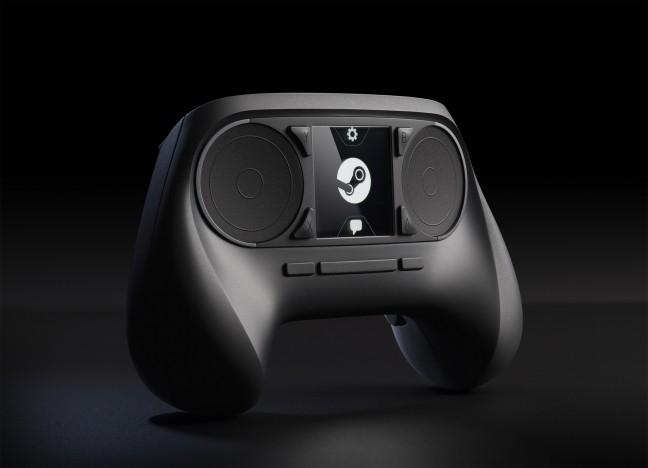For years, rumors have been going around about a supposed “Steam Box,” a home console developed by Valve for use with its widely-used online game store, Steam. So when Valve revealed that they would be making three major announcements relevant to the “control of the living room,” most of the gaming community knew what was coming. After the last of three press releases was made available for viewing on Friday, we now know most of Valve’s plan for living room domination.
It begins with the SteamOS, a new Linux-based operating system developed by Valve with a focus on gaming on the big screen. Gabe Newell, Valve’s co-founder, is known for having issues with Microsoft’s operating systems—specifically Windows 8—so a new operating system functioning around the well-known and widely used Steam is unsurprising. SteamOS will be a free download for users and will be a freely licensed operating system for manufacturers, a fact that directly led to Valve’s second announcement: the Steam Machines.
Rather than a single Steam Box, as most analysts had predicted, a variety of Steam Machines using the SteamOS will be licensed to outside manufacturers—much like how the Android Operating System has been used to create such consoles as the OUYA or GameStick. In the release, Valve explained its reasoning for this decision: “Entertainment is not a one-size-fits-all world. We want you to be able to choose the hardware that makes sense for you, so we are working with multiple partners to bring a variety of Steam gaming machines to market during 2014, all of them running SteamOS.”
The Steam Machines will not be a gaming-exclusive machine, as the additions from SteamOS will add music, TV, and movies to the Steam store’s repertoire. Other additions include family sharing so that a digital game bought on Steam will be available for all members of the family, as well as allowing streaming from a home computer using Steam to a SteamOS-enabled machine. More importantly, for many users, the Steam Machines will be easily modified. Valve has said it’s perfectly fine with users hacking the box, running other operating systems in the machines, changing the hardware and installing their own software—though this may change depending on the policies of outside manufacturers.
The final of Valve’s three announcements was not a game, as many people (myself included) were hoping for, but instead a brand new controller usable for all Steam-enabled devices. The Steam Controller does not have joysticks like every other game console on the market. Instead, it uses two circular, high-resolution trackpads which, driven by the player’s thumbs, Valve says will “allow far higher fidelity input than has previously been possible with traditional handheld controllers.” The new Steam controllers are designed to be usable with any and all games currently in the Steam catalog, tricking the games into thinking that the new controller is actually a mouse and keyboard. Alongside a small touchscreen display in between the two circular touchpads and sixteen buttons in total, the Steam Controller is certainly one of the most interesting new pieces of input technology that’s been released on the market since Nintendo’s Wii remote back in 2006.
It’s still hard to tell how much competition these new systems will pose to the “old guard” of consoles, as Android-powered devices such as the OUYA and GameStick haven’t made much of a dent in the market. Though with an already vast library of games far outdoing the current Android market, SteamOS devices will certainly have at least one huge advantage over the smaller competition. Valve has yet to announce which companies are developing these Steam Machines, but they are offering a chance to get a Valve-developed prototype, complete with the new controller, later this year.
To apply to be the recipient of one of 300 prototype Steam Machines, you can go to the Steam site and complete a small handful of requirements such as adding 10 friends on Steam and playing in “Big Picture Mode.” If you’re not able to get your hands on one of these prototypes, Valve has set the expected release dates of the Steam Machines for 2014—notably far after the release of the new PS4 and Xbox One this November.


